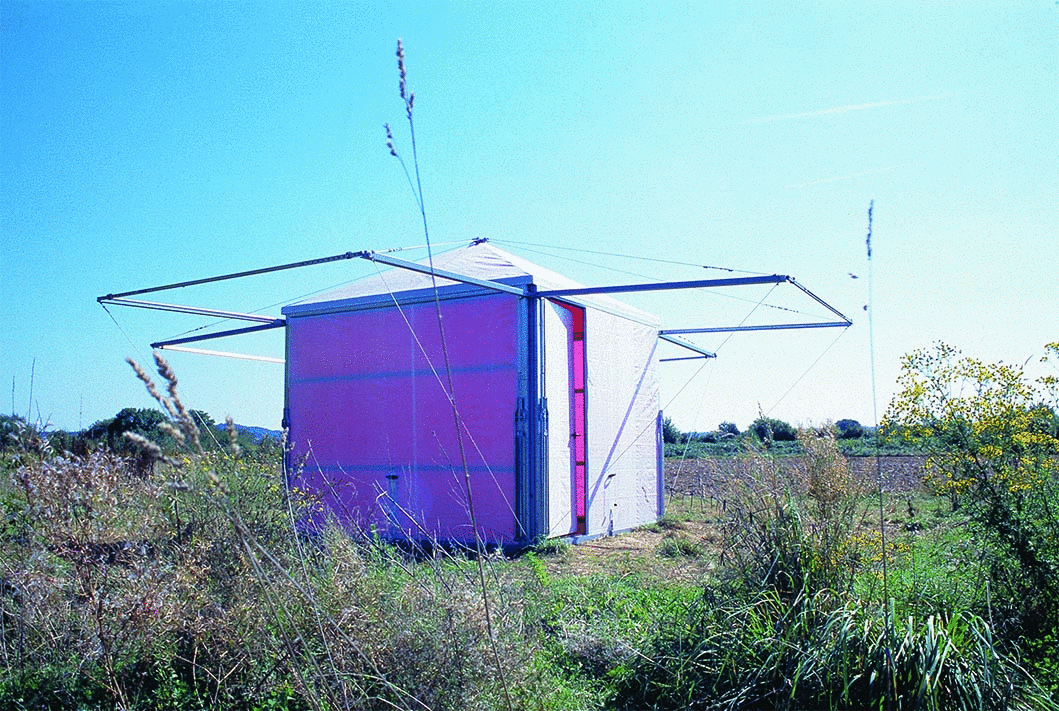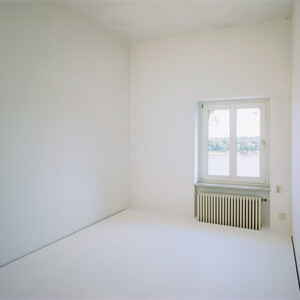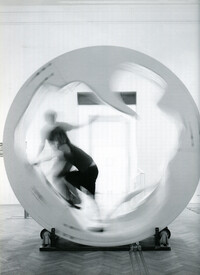
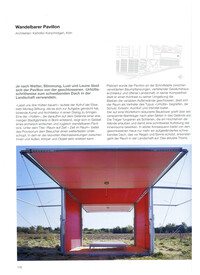
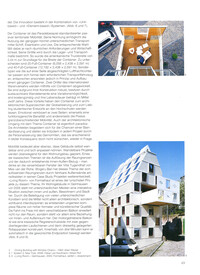
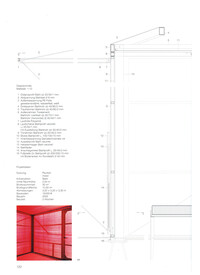
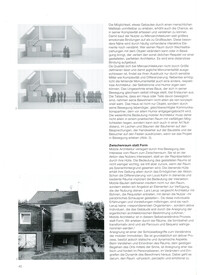
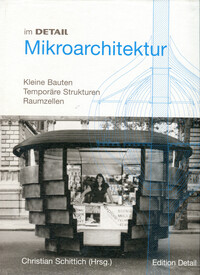
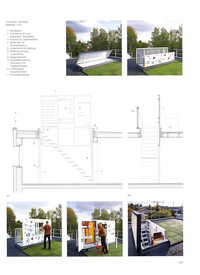
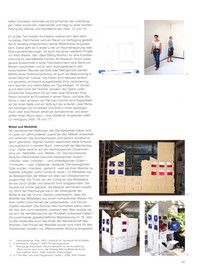
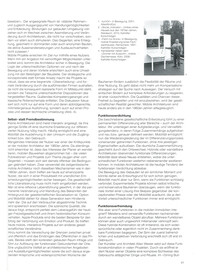
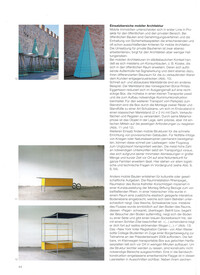
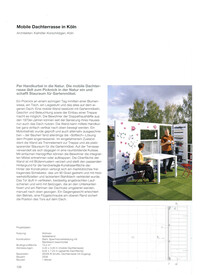
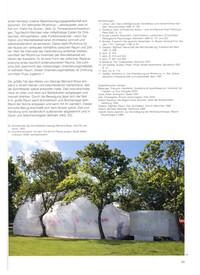
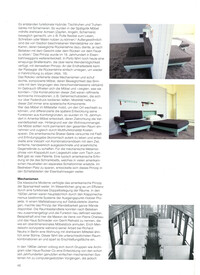
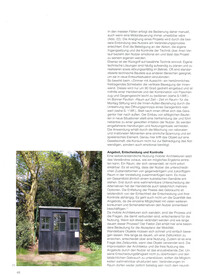
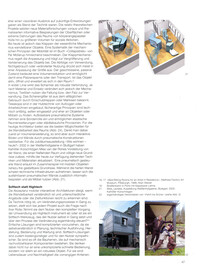
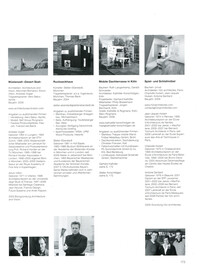
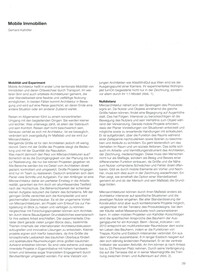
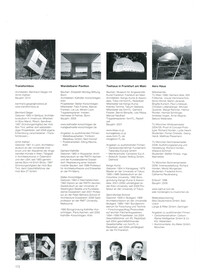
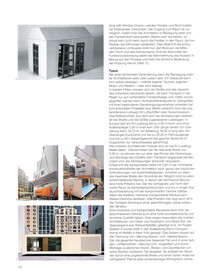
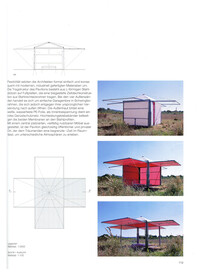
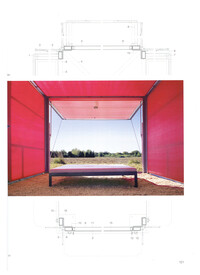
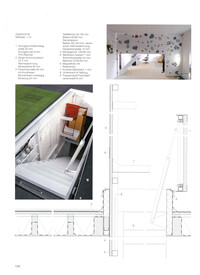
Mobile Real Estate: Small buildings, temporary structures, room cells
Mobile architecture primarily means territorial mobility of real estate and its relocation by transport. In a broader sense, mobile architecture also means stationary architecture that enables flexible and diverse use through changeability. In both cases, architecture is set in motion and sent on a journey, at the end of which another situation or state awaits.
Travel in general leads to a concentrated handling of the accompanying things: They become smaller and lighter. What counts on the road is solely the use and its comfort. Traveling must not be exhausting. The same applies to architecture. If it is mobile, its scale inevitably changes and it becomes microarchitecture. However, a lack of scale is often not very attractive for architects. Because with the size of the projects the importance increases and with the quantity the reputation. But what is the attraction of microarchitectures? Certainly it is the consistency from planning to realization, which is only given with small projects. All areas are planned, controlled and implemented directly by the architect down to the last detail. Large projects, on the other hand, can only be realized in a team. This means that many steps and tasks elude the planner. For beginners, microarchitecture is therefore a perfect introduction to the reality of work, as it guarantees them an all-encompassing test field after university. The manageability of the seemingly small task reduces the danger of failure. With the small size, the complexity becomes denser and more manageable. It is the immense advantage of microarchitectures to be able to keep an eye on a project from the design to the completion and to be able to follow it. Comparable to research projects, architects can use small construction tasks to develop basic examples for their further work. The experimental character of micro-architectures serves many young offices in particular to take up certain topics within the international architectural discussion and to develop innovative solutions. Small-scale projects are particularly suitable for this purpose, since their size promotes the conceptual readability of the structural superstructure and spectacular spatial effects can be created without great constructional effort. Thus, many extreme and experimental projects have been realized on the initiative of young professionals with a high level of craftsmanship and sometimes even financial commitment. For a multitude of
young architects like AllesWirdGut from Vienna, they are the starting point of a career. Their experimental residential project turnOn not only inspired in the drawing, but above all with its 1:1 model.
Zero distance microarchitecture approaches the rules of product design. Since users and objects can have approximately the same size, an encounter at eye level takes place. This has consequences: More intensive consideration must be given to the user’s movement and his relationship to the object during use. Especially mobile projects require that the planner develops ideas of situations and takes into account possible and expected actions. He is asked to think about the function of the room during a period of time, as well as to describe scenes and describe processes. In the end, it is all about behavior in the room and social actions. This should also be reflected in the architect’s working and mediating instrument, the drawing. The drawing must not only serve as a staffage, but also as proof of a differentiated function, since size and proximity to the user directly reveal existing weaknesses and errors. If there is a before and after through mobile elements, this must also be reflected in the drawing. A plan shows how seriously the option of changeability is meant and whether the human being and his scale form the basis„,

